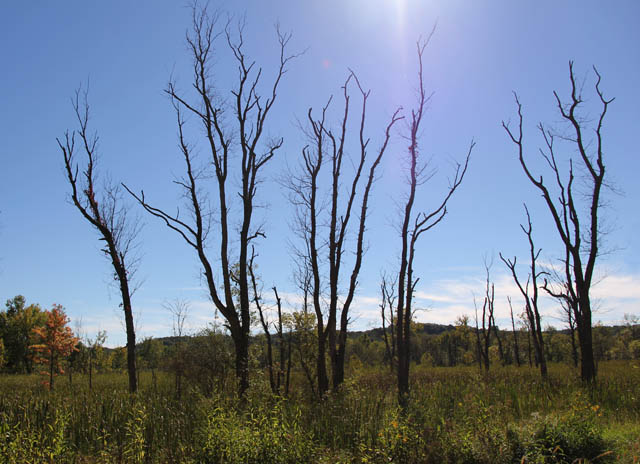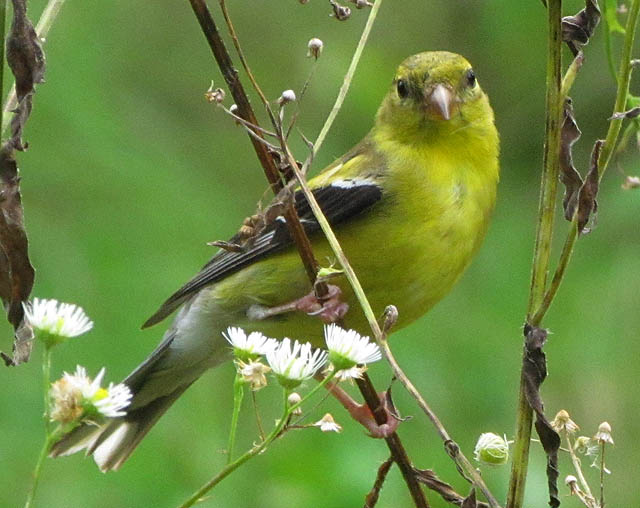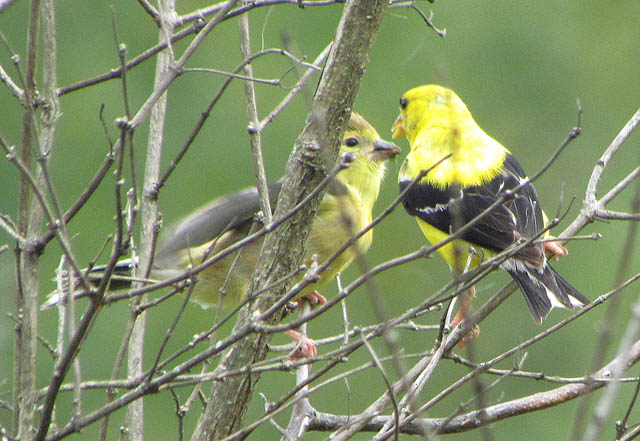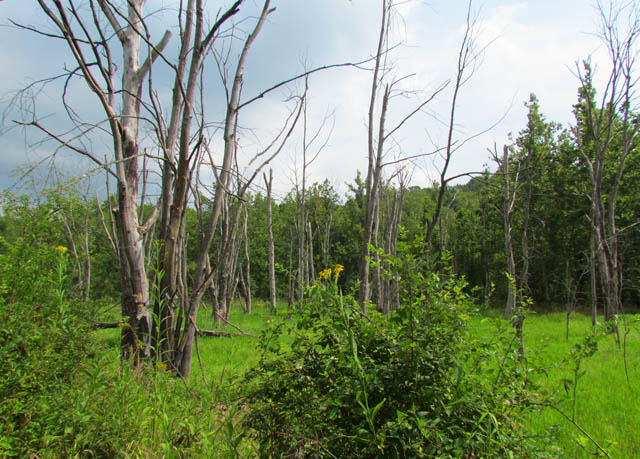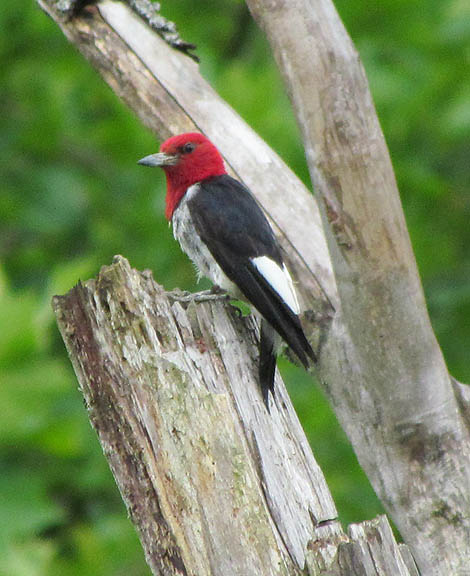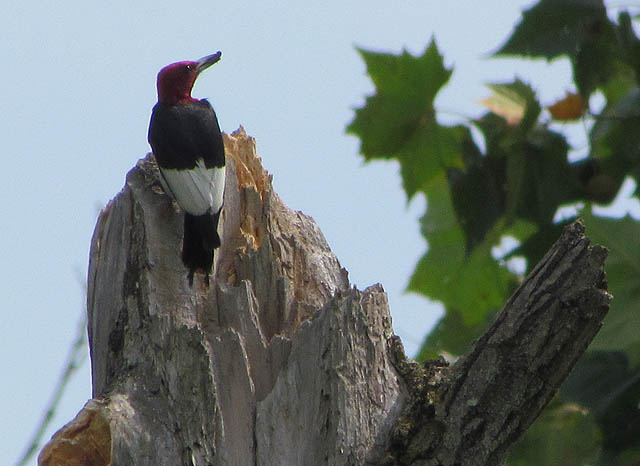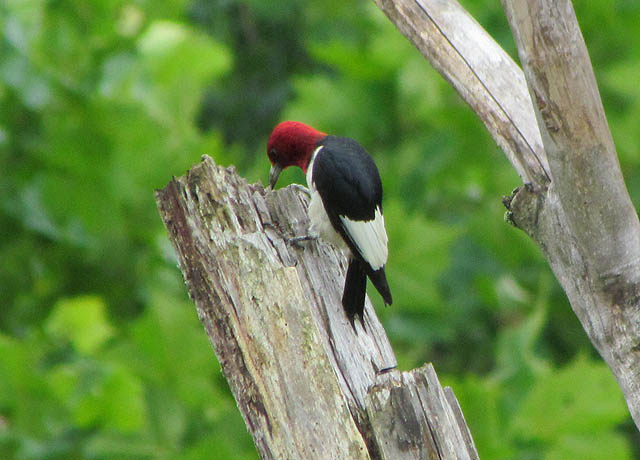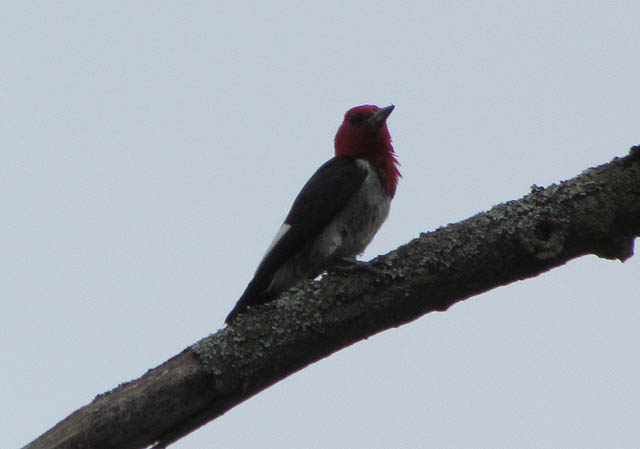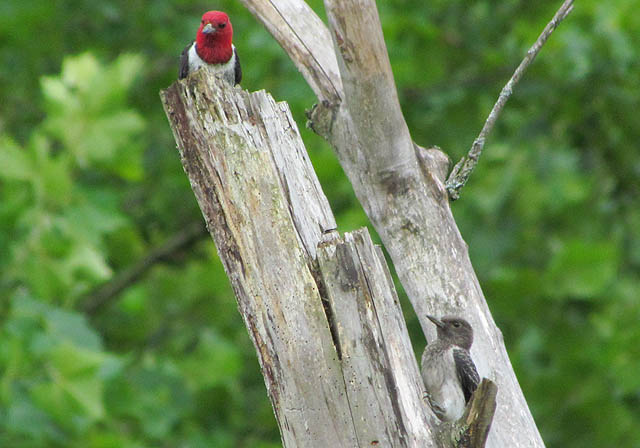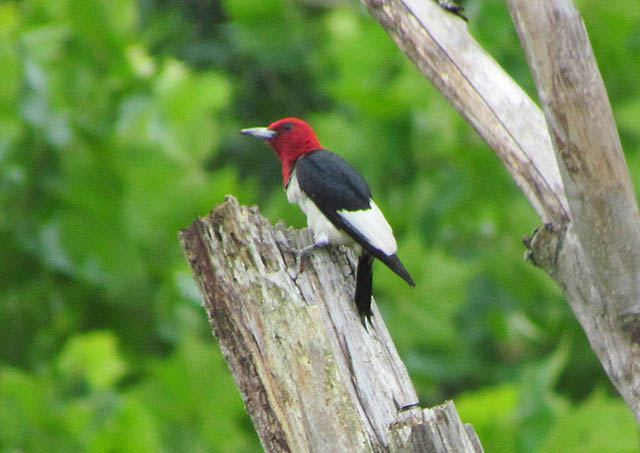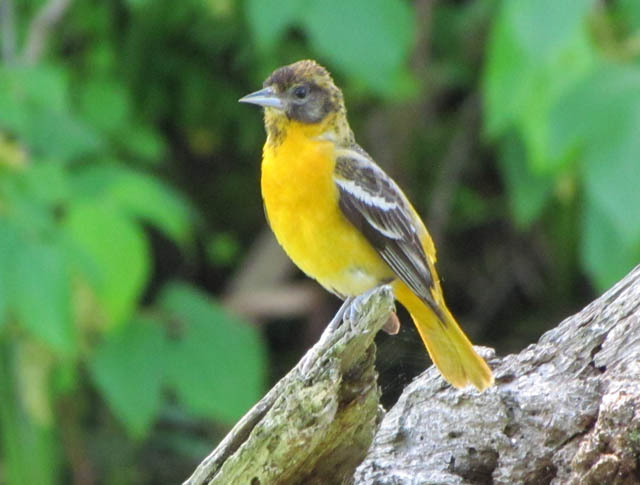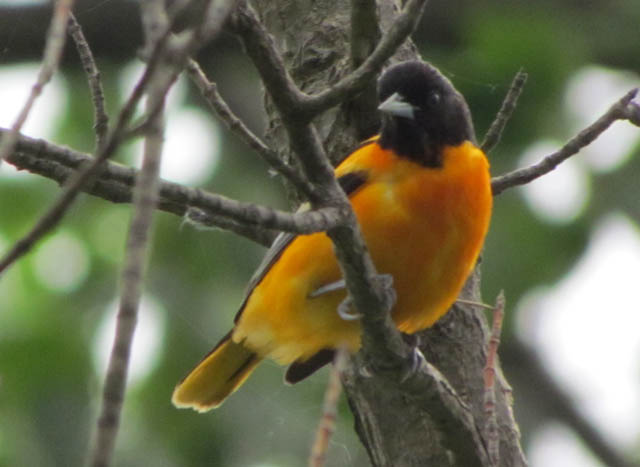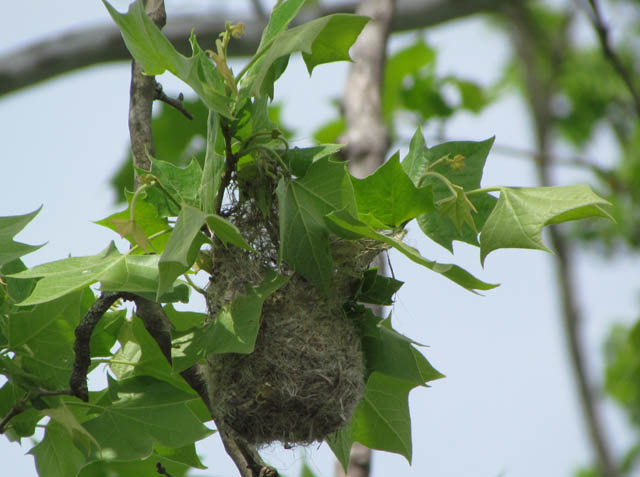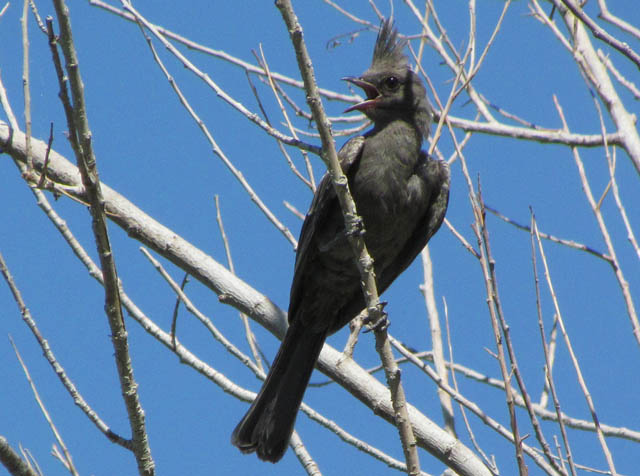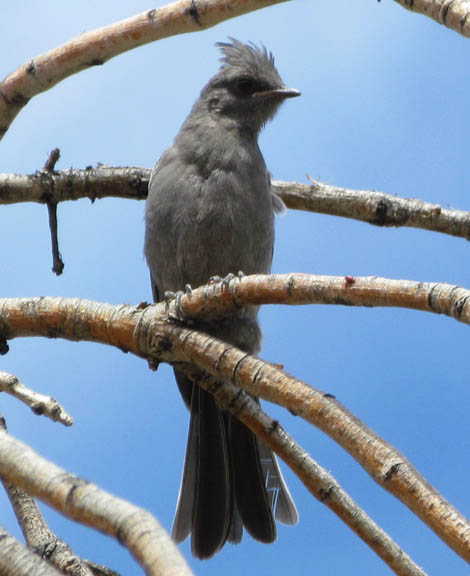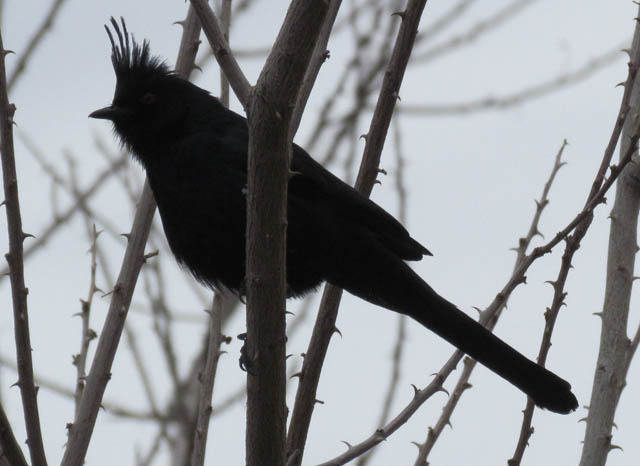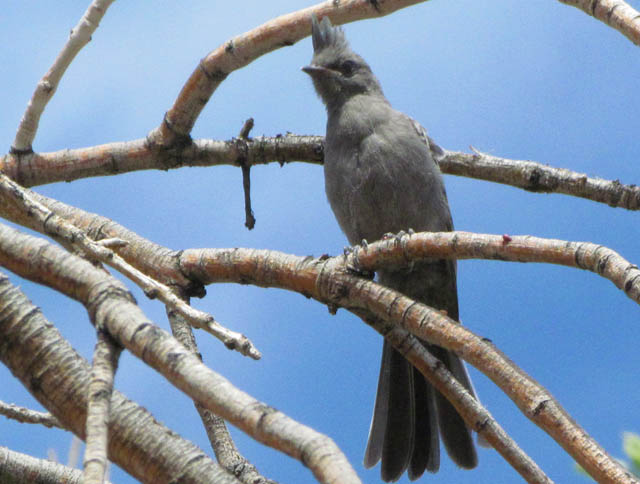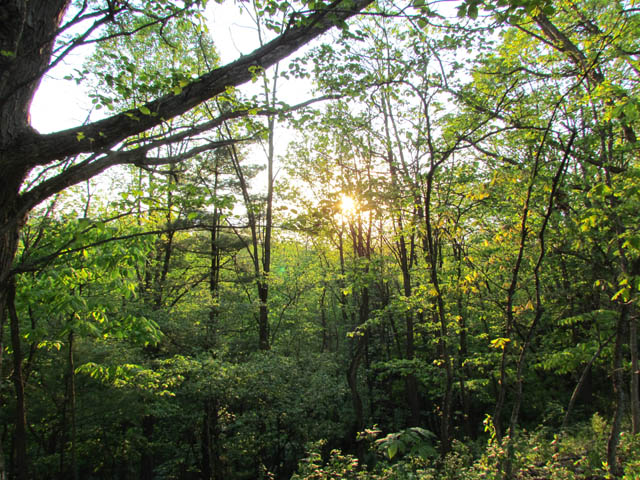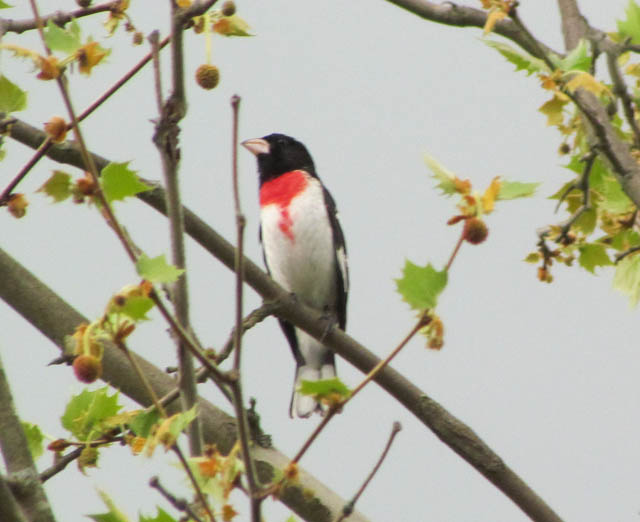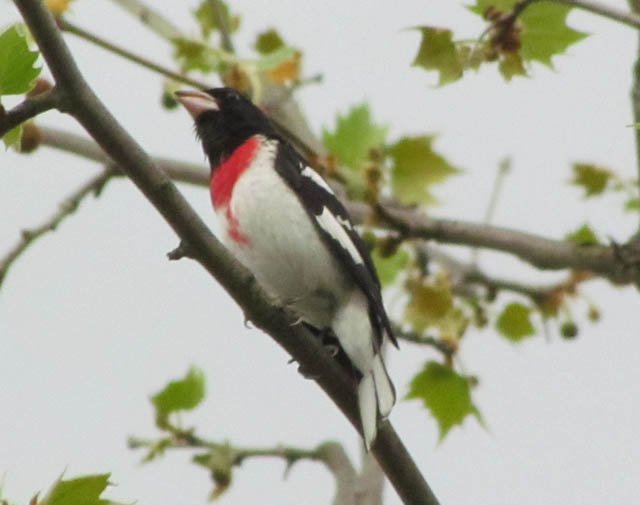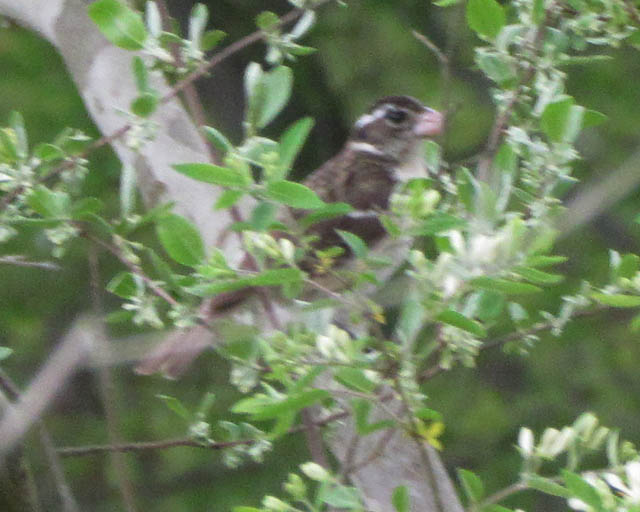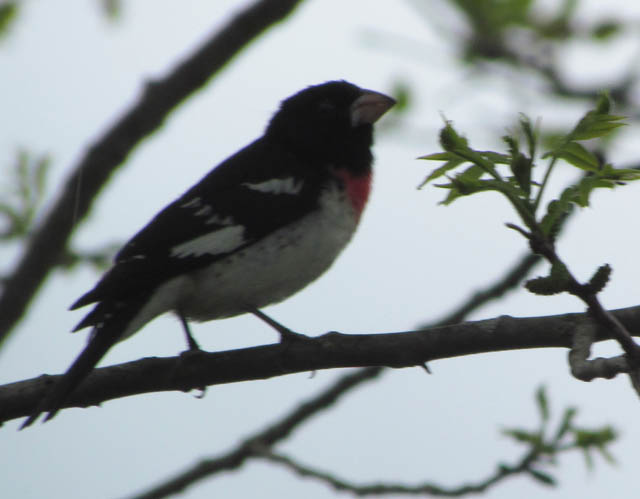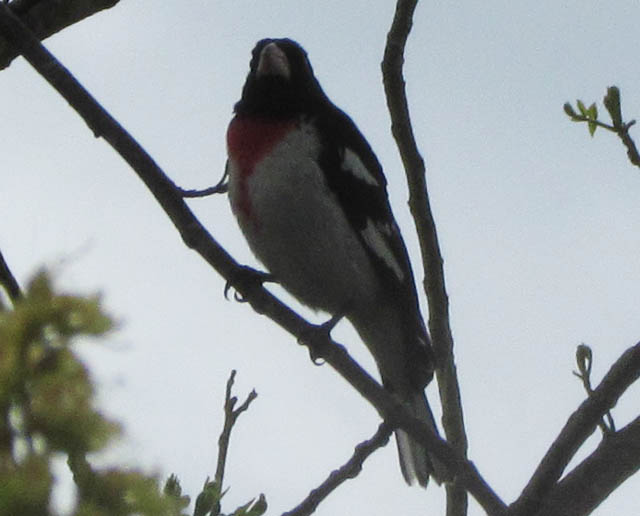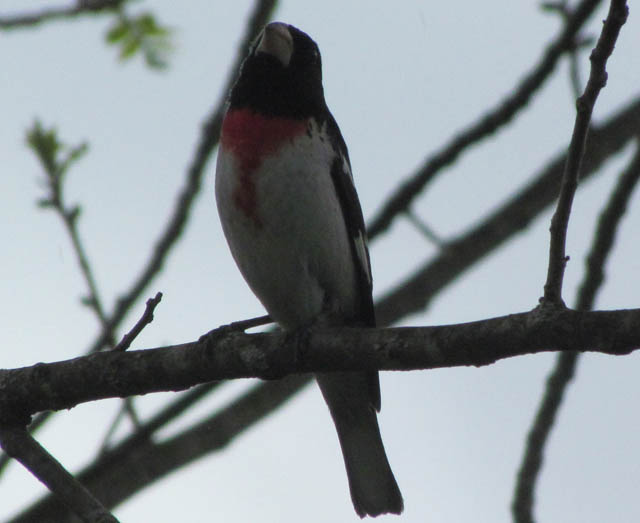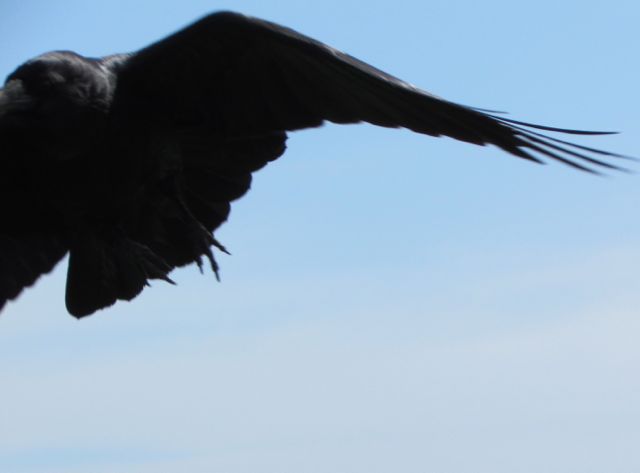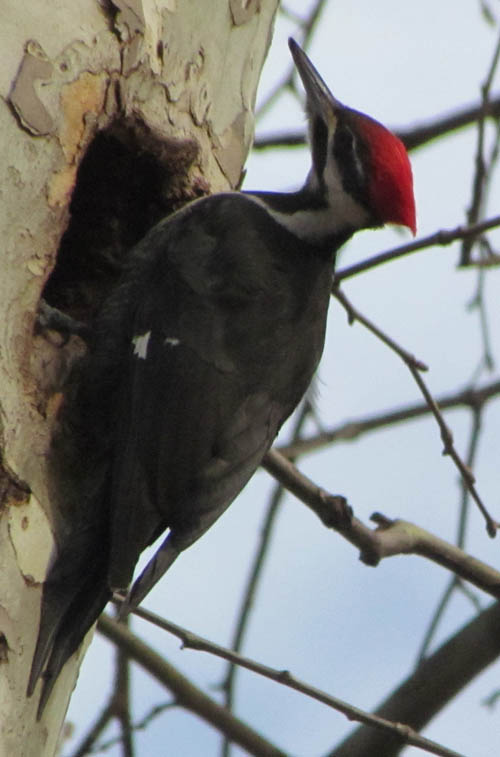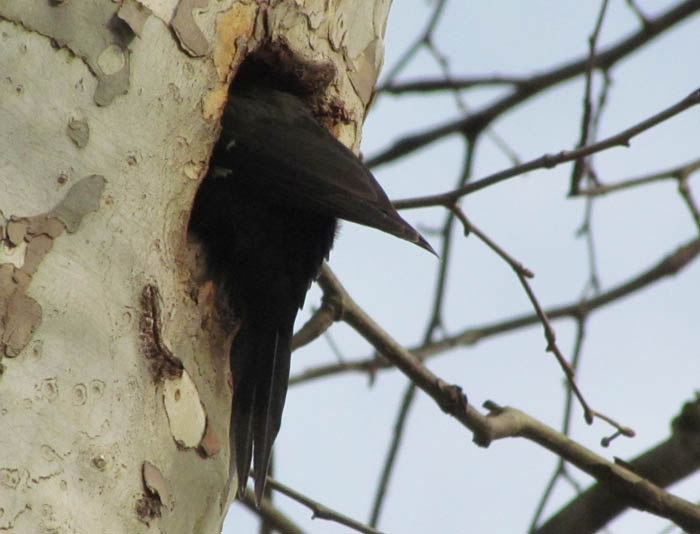The brightly colored male American goldfinch is especially recognizable. In breeding season they are bright yellow with black and white markings. In the Winter, the males lose their bright yellow feathers and become dull brown.
Females are of dull coloration year-round.
American Goldfinches live in brushy thickets, weedy fields, gardens and roadsides. Since they eat mostly seeds from grasses and wildflowers, they tend to stay where there are a lot of these food sources available.
They are interesting to observe while they eat, because they have great balance and can perch on any stem while twisting their bodies to get to seeds or fruit.
American Goldfinches are very sociable, and you will often see several pairs together at the same time. You can hear them communicating with each other as they forage for food in flocks along roadsides and in brushy fields in on their quest for thistle and sunflower seeds.
Some of their other foods include ragweed, dandelions, mullein, American Elm, Eastern Redcedar, grasses and Evening Primrose. They also eat some types of insects, including caterpillars.
People tend to like these colorful birds and specific feeders are available for thistle seeds, to attract them; though at my house they seen to enjoy taking apart the Zinnias.

